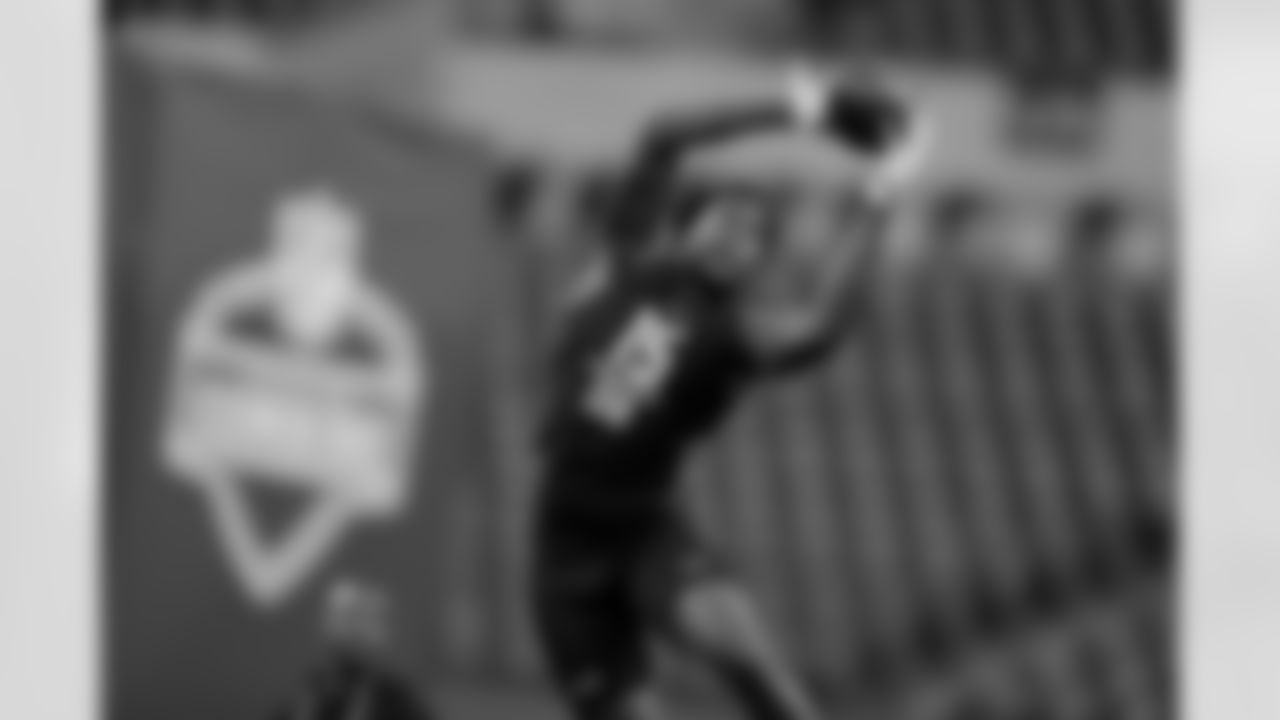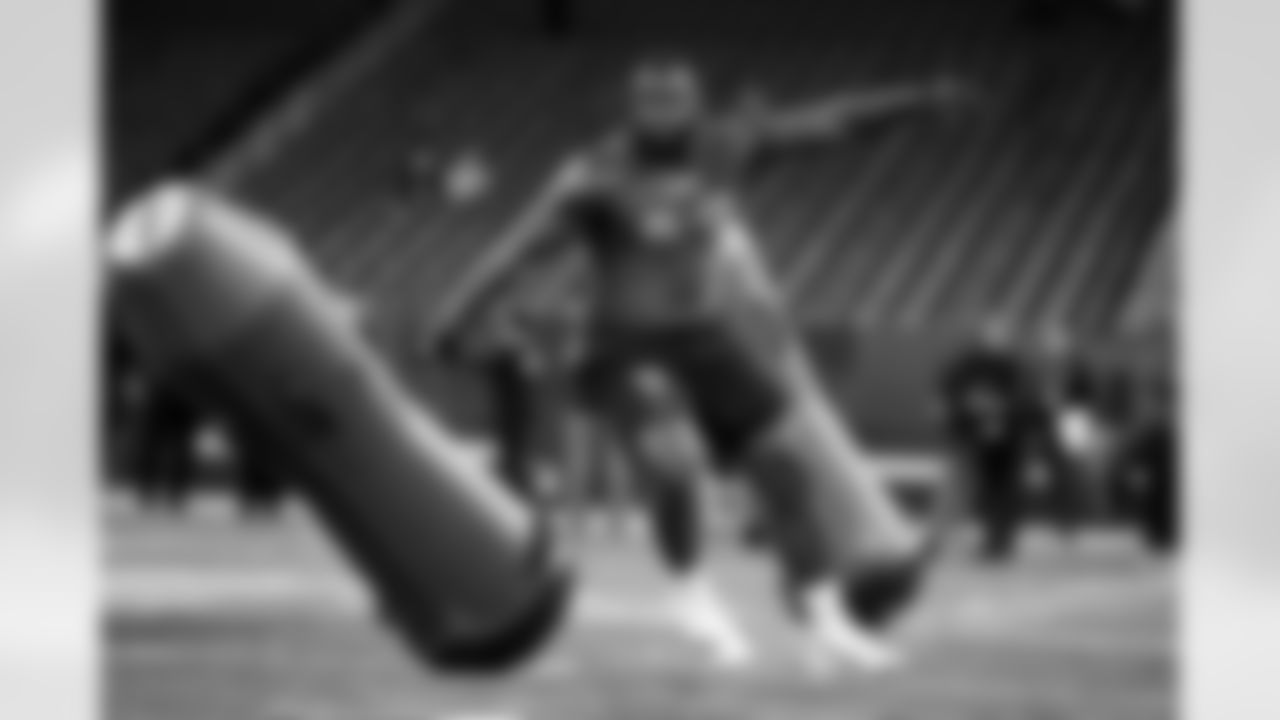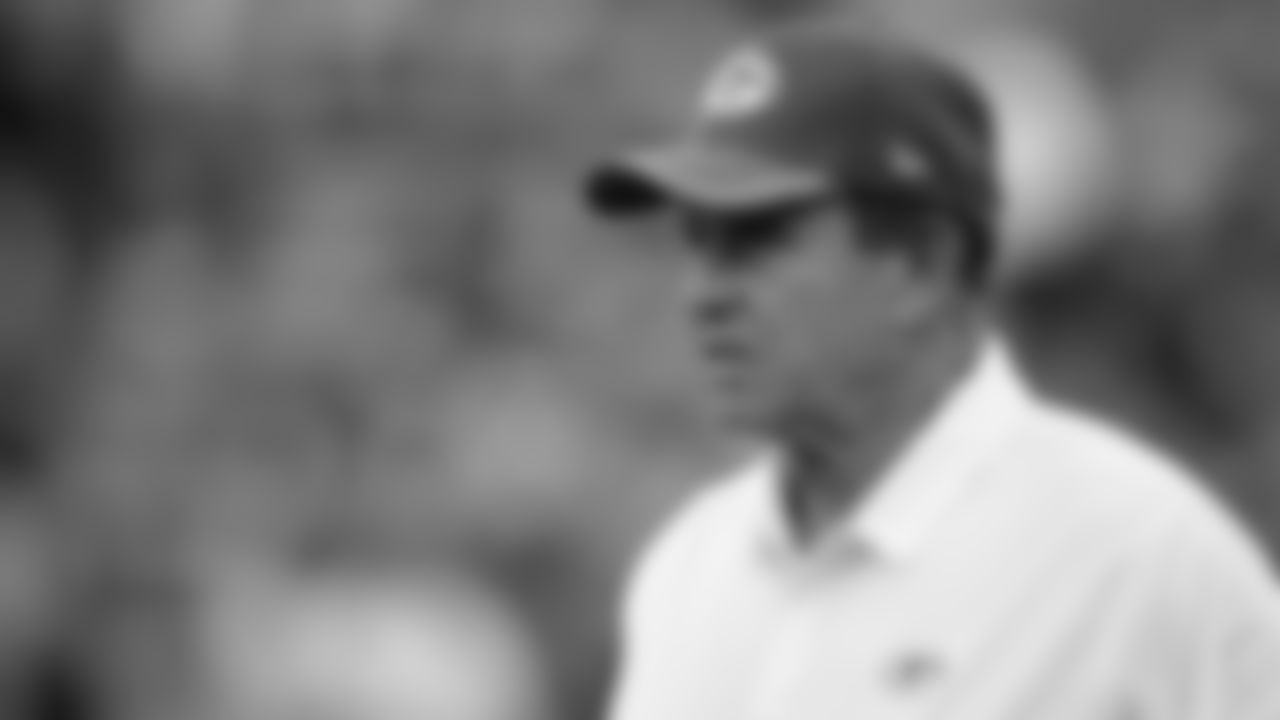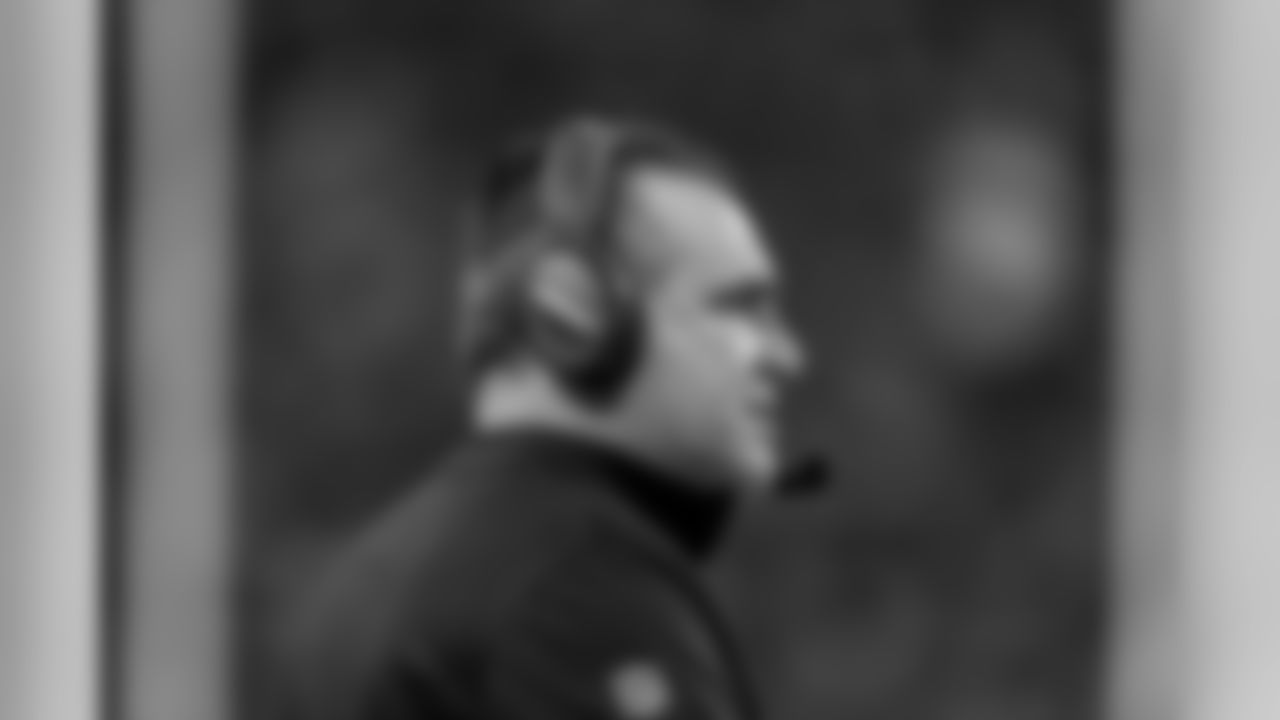EAGAN, Minn. – Coaches, scouts and fans alike will be adjusting to several changes to the NFL Scouting Combine in Indianapolis next week.
Among the new developments are moving the workouts so that more air in the afternoon and prime time, and the types of drills also will be different than in the past.
NFL Media analyst Daniel Jeremiah on Friday held his annual conference call with national reporters, during which he responds to questions about the combine and the draft, and he spoke extensively about changes to the combine this year.
"I like what they've done with the drills," Jeremiah said. "They're going to do a smoke route drill, which is basically how quick [a quarterback] can catch, gather and fire the ball out, which is something where if you watch football on Sunday, you're going to see that happen two or three times. It's also going to carry over for the RPO stuff … how quick you can catch the ball and get the ball out of your hands?
View photos of current Vikings players during their time at the NFL Scouting Combine from previous years.

2020 - WR Justin Jefferson

2012 - S Harrison Smith

2012 - CB Stephon Gilmore

2019 - TE T.J. Hockenson

2018 - T Brian O'Neill

2018 - DL Harrison Phillips

2019 - C Garrett Bradbury

2020 - S Josh Metellus

2022 - RB Ty Chandler

2022 - LB Brian Asamoah II

2022 - G Ed Ingram

2022 - WR Jalen Nailor

2016 - DL Jonathan Bullard

2017 - CB Shaq Griffin

2019 - OLB Andrew Van Ginkel

2019 - CB Byron Murphy Jr.

2023 - WR Jordan Addison

2020 - OLB Jonathan Greenard

2019 - LB Blake Cashman

2017 - RB Aaron Jones

2024 - DL Jalen Redmond

2024 - QB J.J. McCarthy

2024 - OLB Dallas Turner

2024 - T Walter Rouse
"I like the red zone stuff they're doing with the receivers," he continued. "I think adding more coverage stuff with the linebackers and really dialing in on that, I think it's great. Having the backs do more in the passing game with some of the option routes and the different looks you can get out of them, I think all of those are real positive, and it's been long overdue to have our evaluation tool kind of match where the game is. I'm encouraged by that and think it's going to be refreshing to see these new drills."
Jeremiah also appreciates the "more eyeballs" that will be drawn to on-field drills with the evening versus mid-morning scheduling.
As with anything that is switched up after years of following a similar format, the first go-around will provide a better idea of the benefits – or challenges – of each change.
"Talking to buddies around the league, they're skeptical and want to see how it all comes together," Jeremiah said. "It's all new to them, and we'll have a better feel for how they like it after we get through the week."
Here are four other takeaways from Jeremiah's conference call:
1. A new era in player evaluation
One on-field drill that fans are well-accustomed to and will continue to see is the 40-yard dash.
Jeremiah was asked if he believes that specific drill holds the same weight that it once did.
While he believes that, yes, a player's 40 time is worth taking into consideration, he also explained what he anticipates future combine testing may look like.
"The value in the 40 has been that we've just done it for so long, [so] you can compare it going back to forever – to compare players and have kind of that marker. That's where the value is, and I think that's where the hesitation is to change it," Jeremiah said. "But with the all the GPS stuff … that all these NFL teams and college teams are incorporating … I've talked to more guys on the road this year, more scouts, that when you're going into schools, they're starting to get top speed, MPH, acceleration, deceleration – they're starting to collect the data on that with these guys, and they're going to eventually get enough of a sample size [and will] be able to figure out what really matters there.
"I hope I'm still doing this, I hope I'm still up there with Rich Eisen in the booth and we're talking about a guy that just ripped off a 24-mile-per-hour run instead of saying he ran a 4.32, or whatever it was," Jeremiah added. "I think that's kind of where it's headed."
View photos of the Vikings 2020 coaching staff.

Head Coach Mike Zimmer

Offensive Coordinator/Assistant Head Coach Gary Kubiak

Special Teams Coordinator Marwan Maalouf

Co-Defensive Coordinator/Defensive Line Andre Patterson

Co-Defensive Coordinator/Linebackers Adam Zimmer

Senior Defensive Assistant Dom Capers

Assistant Defensive Backs Roy Anderson

Assistant Defensive Line Imarjaye Albury

Offensive Line/Run Game Coordinator Rick Dennison

Assistant Special Teams Ryan Ficken

Wide Receivers Andrew Janocko

Offensive Quality Control Christian Jones

Defensive Backs Daronte Jones

Assistant Strength and Conditioning Derik Keyes

Quarterbacks Klint Kubiak

Assistant Strength and Conditioning Chaz Mahle

Tight Ends Brian Pariani

Offensive Quality Control AC Patterson

Running Backs Kennedy Polamalu

Defensive Quality Control Nick Rallis

Assistant Offensive Line Phil Rauscher

Director of Competition Development Mark Uyeyama
2. Weighing combine performances fairly
In 2018, tackle Orlando Brown drew lots of attention at the combine but for all the wrong reasons.
Brown put a poor workout on tape in Indianapolis and ended up falling to the third round. Since being drafted by Baltimore, the former Oklahoma lineman has played in all 32 games and started 26 of them.
So then, how much stock should be put into combine workouts when determining where a player lands on a team's draft board?
"I think it's important — and good teams do this — to get your boards set before the combine as far as an anchoring effect," Jeremiah said. "Once you have the board up, then maybe you can split some ties at the combine? It's a good way to do it if you have the same grade and guys are clumped together; the combine can be a good tiebreaker and factor in the workout."
Jeremiah opined that Brown was "punished way too much" for his combine performance and used that situation as an example. .
"The [college] tape was so good. Where he came into the combine and where he ended up was way too much of a drop," Jeremiah explained. "That's a great example of a warning sign for teams to not stray too much from your initial board once you get it up.
"I think when you get to the combine, there are certain positions that hold more weight for workouts – and that, to me, are the corners," he added. "You have to be able to run at that position, you just have to. That, to me, has a pretty drastic impact on your draft stock — if you're playing that position and then determining how you run. But put more emphasis on the interviews — rely on the tape, get to know the kid and use these workouts to split ties. I think that's the best way to go about it."
3. Acknowledging importance of offensive line focus
The Vikings over the past three drafts have used early round draft picks to add to their offensive line.
After selecting Pat Elflein in the third round in 2017, Minnesota snagged Brian O'Neill in the second round in 2018 and used its first-round pick on Garrett Bradbury last April.
The Vikings also in 2017 signed left tackle Riley Reiff as a free agent.
Jeremiah acknowledged the importance of teams focusing on their offensive line, whether through the draft or in free agency.
"Teams with good offensive lines, you've got a high floor every year. They're going to keep you competitive, and it's going to give you a chance to win each and every week," Jeremiah said. "I don't know that offensive line's every been more important than it is right now. When you look at the investment that these playoff teams, what they've done in the offensive line, it sticks out.
"You'd better invest," he added. "That's with high picks, that's with free agents, but you need to take care of your offensive line."
*4. Receivers lead position depth *
According to Jeremiah, the wide receiver and cornerback groups are the deepest of the positions in this year's draft.
He called the receiver group "as deep as I've seen."
"I've got 27 wide receivers with top-3 round grades in this draft. And consider, an average 31 are taken," Jeremiah said. "We had [34 taken in 2018]. This is a really phenomenal group of wideouts. And not all of those guys are going to go early – they're going to end up spreading throughout the draft – but it's going to be a deep group."
He added the following evaluation of depth at other positions:
"Really good at corner, really good at running back. And then when you look at some positions maybe not as deep – tight end, edge rusher and linebacker – just a little bit of a shallow group there."














